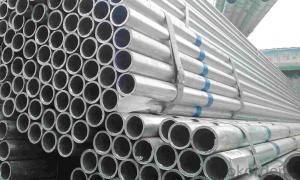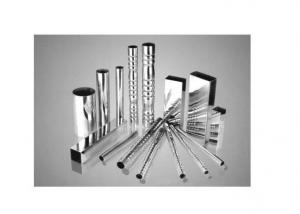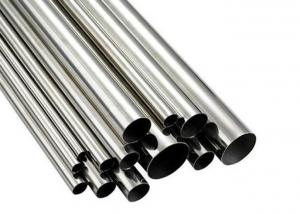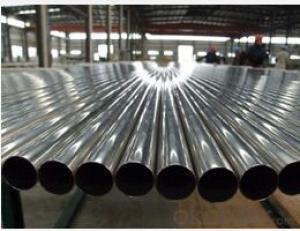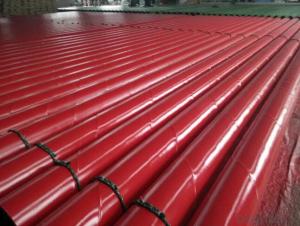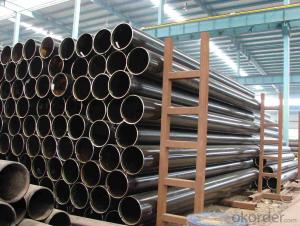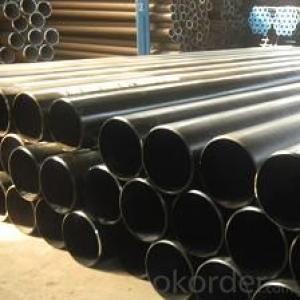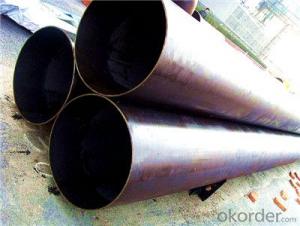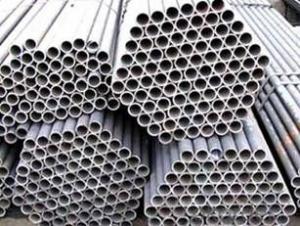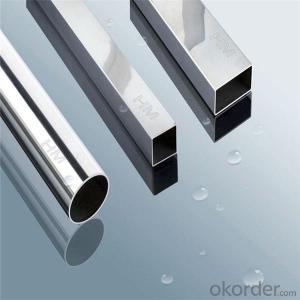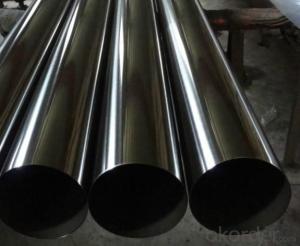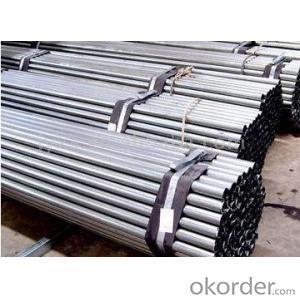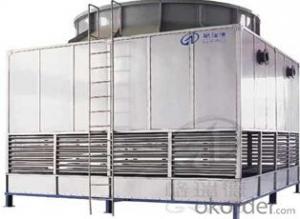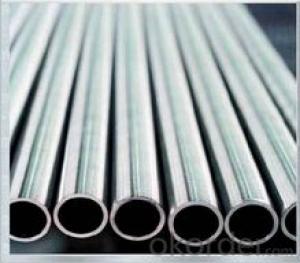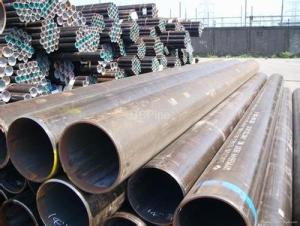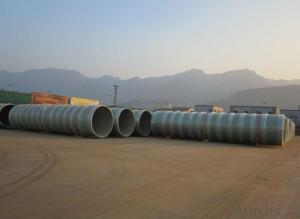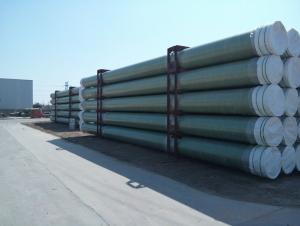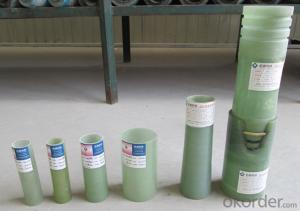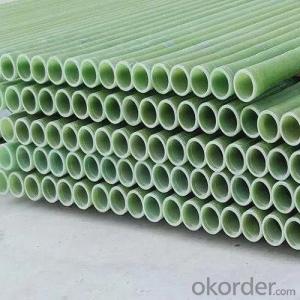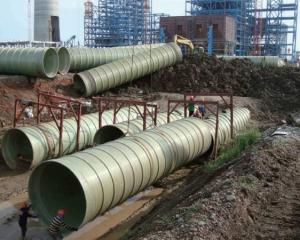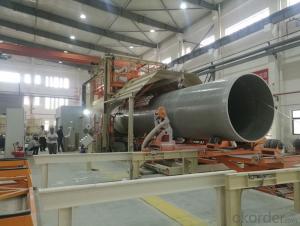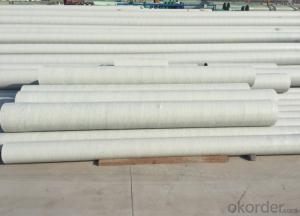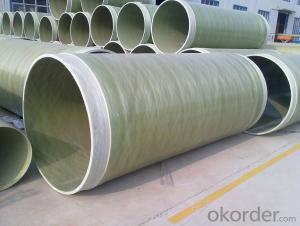Stainless Steel Piping
Stainless Steel Piping Related Searches
Stainless Steel Pipes Stainless Steel Tubeing Stainless Steel Pipe Fitting Pipe Stainless Stainless Steel Threaded Pipe Stainless Steel Roofing Stainless Steel Pitting Stainless Steel Drilling Stainless Steel Screen Pipe Stainless Steel Chimney Pipe Stainless Steel Tubes Stainless Steel Flue Pipe Stainless Steel Pipe Screens Casting Stainless Steel Stainless Steel Coupling Stainless Steel Pipe Flange Stainless Steel Shelving Stainless Steel Wires Stainless Steel Drain Stainless Steel Smoker Pipe Stainless Steel Coil Tubing Stainless Steel Bushing 1 Stainless Steel Pipe 4 Stainless Steel Pipe Stainless Steel Pipe Suppliers Stainless Steel Flex Pipe Stainless Steel Tape Seamless Stainless Steel Tubing 2 Stainless Steel Pipe 3 Stainless Steel PipeStainless Steel Piping Supplier & Manufacturer from China
Stainless Steel Piping is a type of pipe material known for its corrosion resistance, durability, and high strength. It is made from stainless steel alloys, which offer excellent resistance to various environmental conditions, making it suitable for a wide range of applications. This product is commonly used in industries such as food processing, pharmaceuticals, chemical processing, and construction due to its ability to withstand harsh conditions without compromising its integrity.Stainless Steel Piping is widely utilized in various applications, including fluid transportation, heating systems, and structural support. Its resistance to corrosion and ability to maintain its strength at high temperatures make it an ideal choice for demanding environments. Additionally, stainless steel piping systems are known for their low maintenance requirements and long service life, which contribute to their popularity in numerous industries.
Okorder.com is a reputable wholesale supplier of Stainless Steel Piping, offering a vast inventory of high-quality products to cater to the diverse needs of customers. With a commitment to providing exceptional service and competitive prices, Okorder.com has established itself as a reliable source for stainless steel piping solutions.
Hot Products




